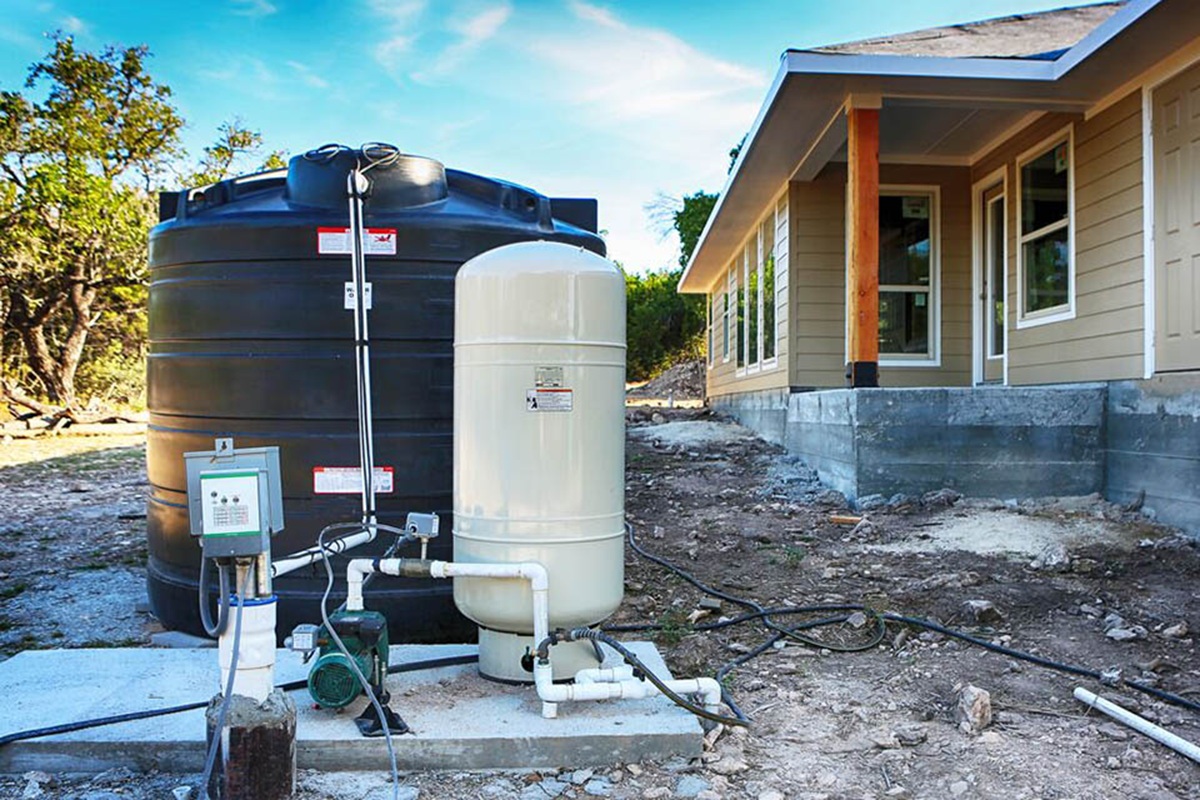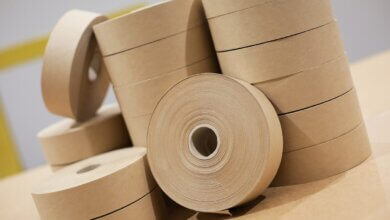What Should You Know Before a Porcelain Pavers Outdoor Installation?

When it comes to designing an outdoor renovation project, porcelain pavers rank amongst the most fashionable and resilient options one can have today. With their smooth finish, wear resistance, and capacity to support varied climates, they have become a favorite choice for patio, walkway, pool deck, and garden landscape projects. However, prior to embarking on a porcelain pavers outdoor installation, there are certain key points which every homeowner, landscaper, or facility manager should be aware of. From understanding the benefits of porcelain to preparing the ground and ensuring proper maintenance, careful planning is essential for long-lasting results.
Below, we’ll cover 10 key points to know before installing porcelain pavers outdoors, followed by a conclusion that ties everything together.
1. Understand the Benefits of Porcelain Pavers
Porcelain pavers stand out because they combine both functionality and aesthetics. In contrast to old-fashioned stone or concrete pavers, porcelain is fired at very high temperatures, and as a result, is extremely resistant to scratches, fading, and heavy traffic. Porcelain is non-porous, meaning it resists stains from foods, oils, or even dropped leaves that tend to discolor natural stone. Porcelain pavers also have a vast array of finishes—imitating natural wood, stone, or concrete—so that homeowners can select their desired look without sacrificing durability. Looking at these advantages beforehand will allow you to understand why porcelain can be a good investment for your project outdoors.
2. Select the Ideal Thickness and Size
All porcelain pavers are not made the same, and thickness plays an important role for outdoor installations. Typically, outdoor porcelain pavers are made with 20mm (approximately ¾ inch) thickness, which is durable enough to withstand outdoor conditions and load-bearing traffic. Indoor porcelain tiles are usually thinner and not ideal for use outdoors. Bigger paver sizes, like 24×24 inches or plank-style configurations, are trendy for contemporary looks but should be handled more delicately while installing. The thickness and size must be chosen right so that the pavers work efficiently in your outdoor area.
3. Assess the Subsurface and Site Conditions
Any porcelain paver installation’s success is greatly determined by subsurface preparation. Prior to beginning, one must assess the soil condition, slope, and drainage patterns of the installation area. Such as clay-based soils that would need additional compaction and stabilization than sandy soils. Without the right base preparation, shifting, uneven surfaces, or in time, cracking may develop. By spending time examining the conditions of your site, you can select the correct installation method and base material that will provide stability and durability.
4. Select the Proper Installation Method
Porcelain pavers are versatile when it comes to installation methods. The three most popular methods are:
- Dry installation on grass or gravel: Best for garden walks or where drainage is essential.
- Sand-set installation: Suitable for patios and walkways, this technique employs a compacted sand base that supports the pavers.
- Mortar or adhesive installation: Suitable for poolside or high-traffic zones where a more lasting solution is needed.
Both techniques have their pros and cons, and therefore choosing the correct one rests with your project’s specific needs, budget, and long-term expectations.
5. Pay Attention to Drainage and Slope
Perhaps one of the most commonly overlooked factors in outdoor paving projects is water drainage. Porcelain pavers themselves are not porous, so water won’t penetrate them. However, water must drain off the surface to prevent puddling or runoff problems. A proper slope, usually around 1-2%, away from the house or buildings is imperative. Besides, laying a permeable base material or incorporating drainage solutions such as channels or grates will avoid water issues in the long term. Early drainage means that your pavers will not only be functional but also aesthetically pleasing.
6. Allow for Cutting and Edge Finishing
Porcelain pavers are very durable, but because of that, it is difficult to cut them relative to natural stone or concrete. Specialized tools, such as a wet saw with a diamond blade, are often required to achieve clean cuts without chipping. Edge treatments also need consideration: whether you’re adding border pavers, steps, or curved walkways, planning for precise cutting and finishing is essential for a professional look. Proper edge detailing also reduces the risk of trip hazards and improves the longevity of the installation.

7. Consider Slip Resistance and Surface Finish
Safety is equally as important as aesthetics, especially in areas that could become wet. Porcelain pavers are made to have different textures and finishes, some of which are purposefully made for slip resistance. In pool decks or where exposed to rain, it’s advisable to use pavers with a textured, anti-slip finish to avoid accidents. Matte and rough surfaces tend to have more traction than smooth ones. By carefully selecting the right surface finish, you ensure your outdoor installation is both safe and stylish.
8. Factor in Climate and Weather Conditions
Porcelain pavers are highly resistant to frost, heat, and UV rays, but installation techniques may vary depending on the climate in your region. In colder climates, for instance, freeze-thaw cycles can impact the stability of the base if drainage is inadequate. Conversely, in warmer climates, expansion joints can be required to address thermal changes. Keeping an eye out for the local climate and modifying your installation strategy based on that guarantee that your pavers survive the environment for years to come.
9. Budget Your Labor and Materials
Porcelain pavers, although very durable and low-maintenance, tend to be more expensive upfront than concrete counterparts. Also, professional installation costs more because it demands the use of specialized equipment and skill. Cutting, moving big pavers around, and maintaining a straight level all contribute to labor demands. Yet, the long-term advantages of little maintenance, stain resistance, and durability make porcelain affordable in the grand scheme. Prior to starting, establish a definite budget which covers not only materials but professional installation, tools for cutting, and preparation of the base as well.
10. Discover Maintenance and Longevity
There is no drawback in the durability of porcelain pavers that matches their low-maintenance requirement. They don’t require sealing like natural stone, and their impervious surface resists stains, mildew, and mold. Cleaning will generally involve little more than sweeping and periodic washing with mild soap. However, it’s worth knowing that darker colors tend to reveal dirt more readily, and grout joints (should these be employed) can need occasional maintenance. Knowing what’s involved in the way of maintenance will enable you to appreciate your porcelain outdoor installation for many years with little fuss.
Conclusion
Porcelain pavers in San Diego provide a triumphant combination of hardness, sophistication, and adaptability, and as such are a great choice for outdoor installations. While creating an impeccable outcome is important, a close eye and forethought must be exercised. From site condition assessments to drainage through the use of slip-resistant finishes and professional installation costs, every step is a crucial factor in determining the success of the project. With their durability to withstand heavy use, stain-resistance, and ability to replicate natural looks, porcelain pavers are not just a style trend—they’re an investment in the beauty and functionality of your outdoor space for years to come. By considering these ten key points prior to installation, you lay the groundwork for an outdoor space that will be both functional and aesthetically pleasing for years to come.






